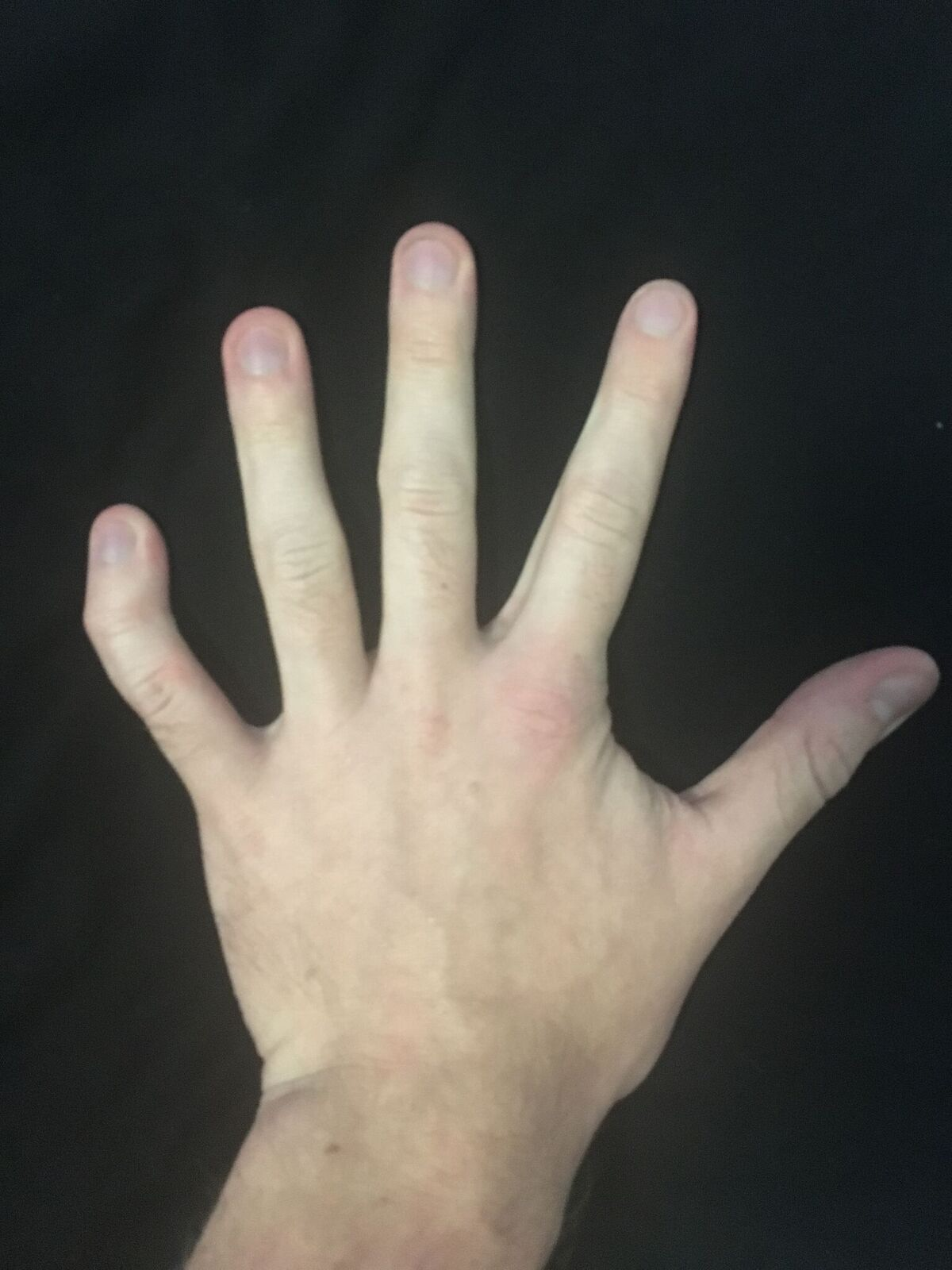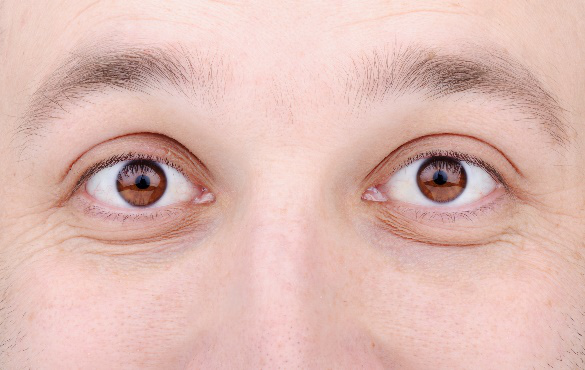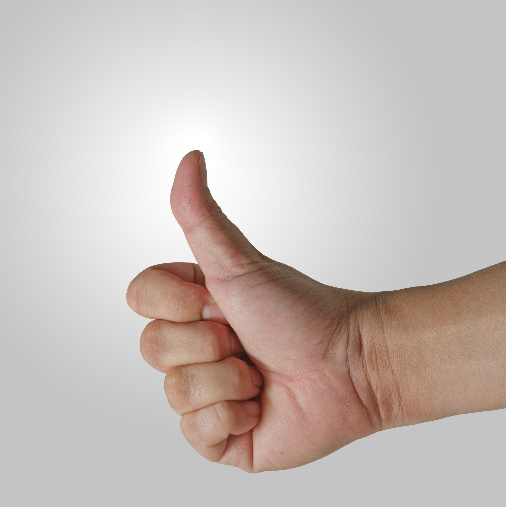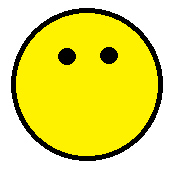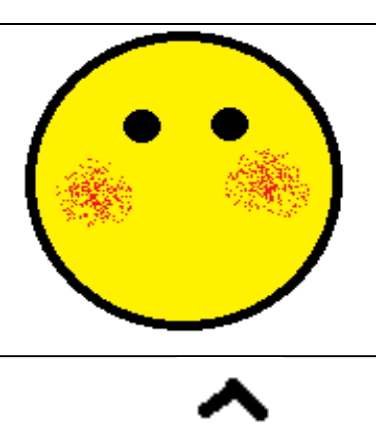Record your genotype and phenotype table brown eye blue eyeh
Experiment 1: Emoji Genetics - you will construct an emoji whose characteristics will determined by a series of coin flips.
Experiment 2: Human Characteristics lab - in this lab you will determine your own potential genetic makeup based on specific physical characteristics you have, and see how your offspring might turn out with potential mates.
In this lab you will be flipping a coin to determine characteristics of an EMOJI �. The coin tosses will represent the sorting of the chromosomes into gametes during meiosis for both the mother and father. The sorting of the chromosomes during meiosis is random, and the coin tossing replicates this characteristic. Assuming that the parents in this activity are heterozygous for each trait, the heads side of the coin will represent the dominant allele and the tails side will represent the recessive allele. For example, if you flip one heads and one tails, your genotype for the given characteristic will be heterozygous.
Materials Provided in Lab Kit
None
176

***NOTE: Remember, dominant genes are indicated by a capital letter and recessive genes are indicated by a lowercase letter. Dominant genes are expressed (seen in the phenotype) in either the heterozygous or homozygous condition. Recessive genes are only expressed in the homozygous (2 recessive alleles) condition***
Materials Provided in Lab Kit
2 PTC test strip
177
|
|
Detached ear lobes
B.Curved Little Finger

Record your genotype and phenotype on Table 3.
The ability to roll the sides of the tongue upward to form a rough tube shape is dominant (R) over the inability to perform this action (r). Record your genotype and phenotype on the Table 3.
179
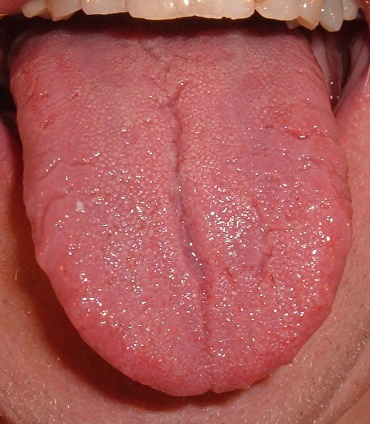
Inability to roll tongue
Absence of freckes
Loose ligaments Tight ligaments
Brown eye Blue eye
H. Widow’s Peak
Widow’s Peak Straight hairline
181
a.EXAMPLE:
i.My phenotype for earlobes: I have pendulous earlobes.ii.My genotype for earlobes: I have PP or Pp (*since I am of the dominant type I am unsure of the second allele that I carry. I am only sure that I have P_. Just pick one of the 2 options here. (PP or Pp) to complete your part of the square.
vii.Next you are asked to give the phenotypes of the offspring. Two of the offspring are Pendulous ears (Pp). The other two offspring have non- pendulous ears (pp). Therefore the corresponding phenotypic ratio is: pendulous: non-pendulous
2 : 2
Table 2: Emoji Genetics
|
|||
|---|---|---|---|
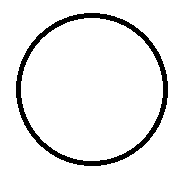 |
|
||
|
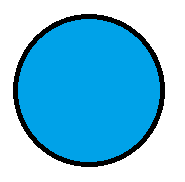 |
||
 |
 |
 |
|
 |
 |
||
|
|||
184
185
|
||
|
||
| F. Double-jointed Thumbs | ||
|
||
|
Offspring
Possible genotypes ______________________________________ Possible
phenotypes ______________________________________ Ratio of phenotypes
______________________________________
187
188


D.Tongue Rolling
Your phenotype ____________________________________________
Your possible genotypes _____________________________________
Potential mate, phenotype __________________________________________
Potential mate, possible genotypes ___________________________________
Punnett Square
E.Freckles
Your phenotype ____________________________________________
Your possible genotypes _____________________________________
Potential mate, phenotype __________________________________________
Potential mate, possible genotypes ___________________________________
Punnett Square
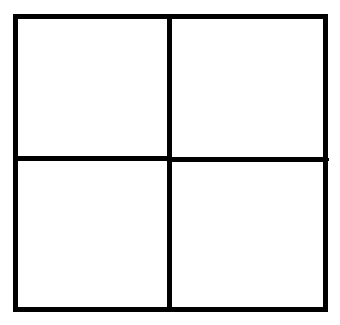
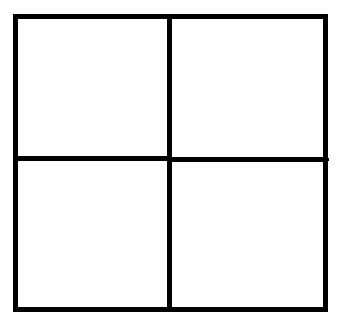
Offspring
Possible genotypes ______________________________________ Possible
phenotypes ______________________________________ Ratio of phenotypes
______________________________________
Offspring
Possible genotypes ______________________________________ Possible
phenotypes ______________________________________ Ratio of phenotypes
______________________________________
193
194


2.Include the image of the emoji that you created in the graphics program.
196

197
6.Give one example of a genotype and its corresponding phenotype from the emoji lab.
7.Why is inheritance of eye color more complex than just having either blue or brown eyes? (Hint: You will need to refer to your textbook to answer this question.)
Name: Course section number:
Unit 8: Mendelian Genetics
Name: Course section number: Unit 8: Mendelian Genetics

Name: Course section number:
Unit 8: Mendelian Genetics
12.Include a photo of a Punnett square you completed that was a
heterozygous trait crossed with a
homozygous dominant trait. (Put the number of this question on
that page and include the photos in
order.)


